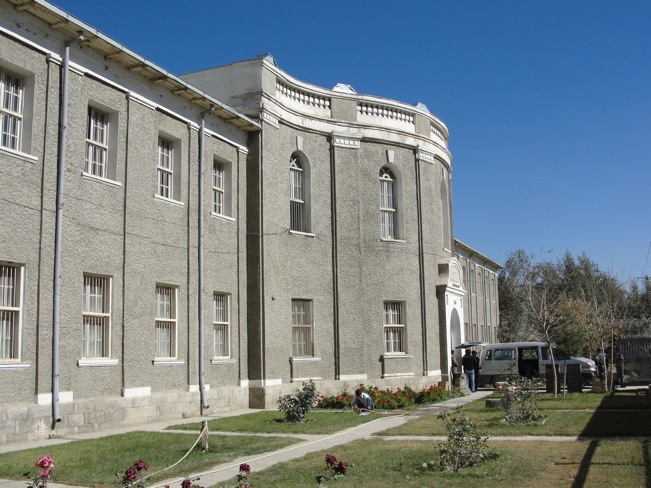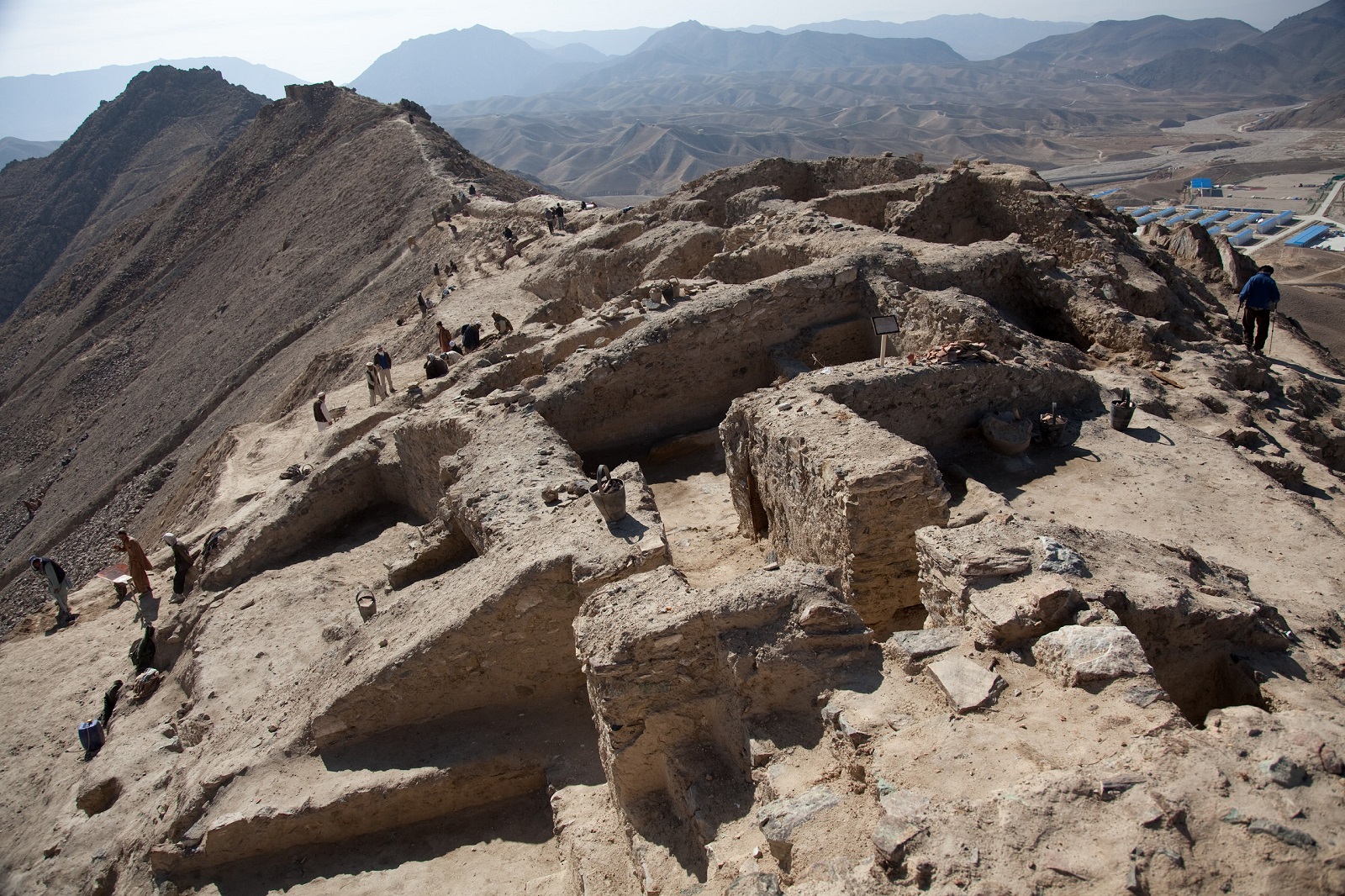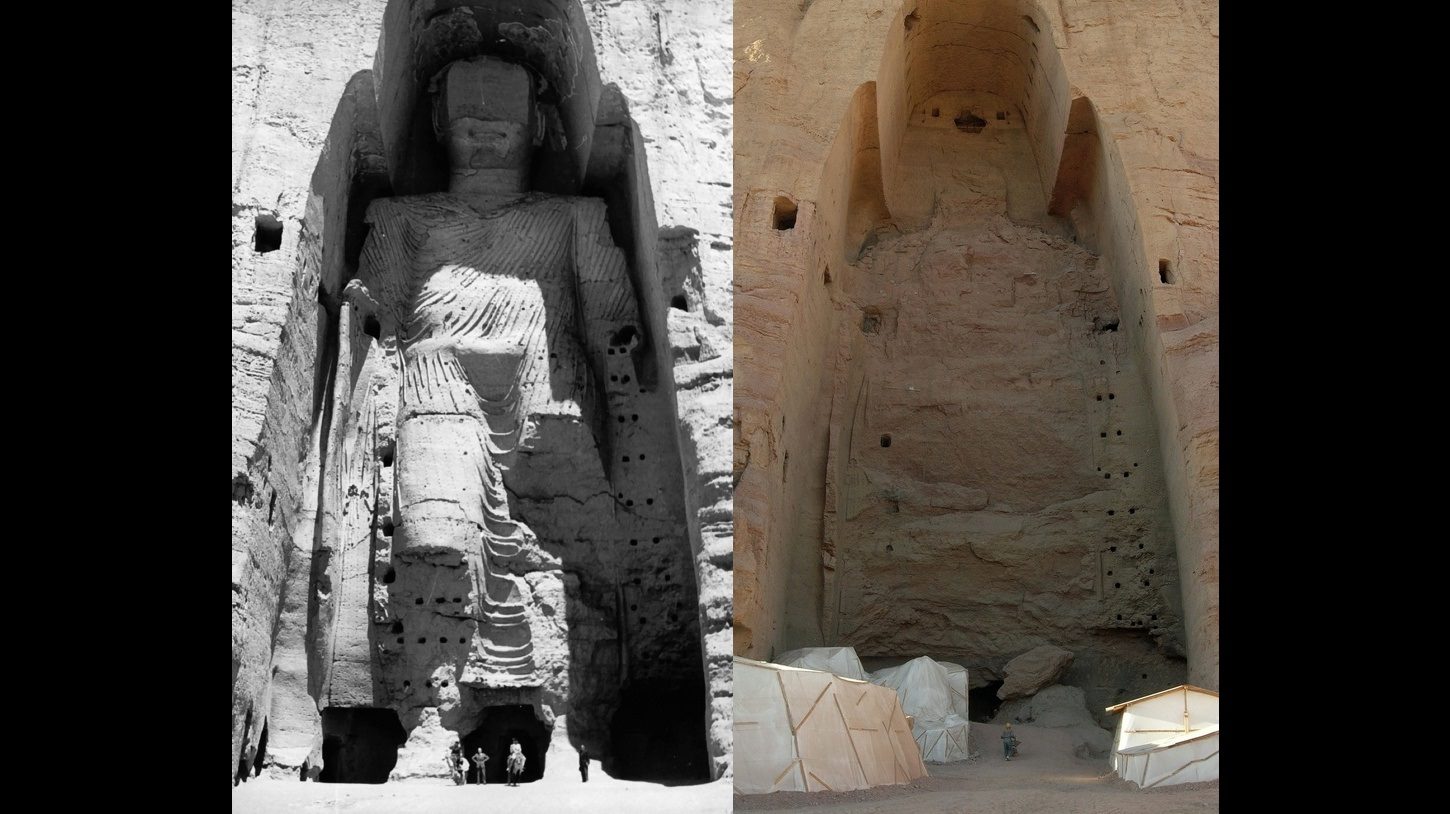World Must Hold Taliban Accountable for Afghanistan’s Cultural Heritage, Experts Say
After destruction of Bamiyan Buddhas in 2001, cultural heritage experts are once again holding their breath
Blowing up ancient monuments, smashing priceless artifacts, burning books and widespread looting – when the Taliban first rose to power in Afghanistan in 1996, they swiftly declared war on most forms of art and cultural objects.
Citing the Quran, the Islamist group destroyed paintings, discontinued music and systemically engaged in the destruction of museums and their collections across the country.
In 2001, the group infamously blew up the Buddhas of Bamiyan, two colossal sixth-century statues that had been carved into the side of a cliff in the Bamiyan Valley. The statues were destroyed after the Islamist group decreed that they were idols, a move that drew the ire of the international community at the time.
The Taliban also went on a rampage of destruction, smashing thousands of priceless objects in the National Museum in Kabul, which features a vast collection of artifacts from prehistory to Islamic art.
Amid their renewed takeover of the country following the US withdrawal, experts are urgently calling on the international community to hold the Taliban accountable for its actions in order to prevent similar acts of destruction from recurring.
“To remember: it wasn’t just their most spectacular act of destruction, blowing up the iconic Bamiyan Buddhas,” Cheryl Benard, president of the Alliance for the Restoration of Cultural Heritage (ARCH), told The Media Line.
“They also slashed the artworks in the Kabul Art Museum, burned video libraries, would not allow music and even prohibited kite flying and keeping songbirds as pets,” she said.
According to Benard, ARCH reached out to the Taliban back in November 2020 to explain the significance of cultural heritage and to encourage the group to discuss the issue in the peace talks they were pursuing at the time with the then-Afghan government.
“They responded somewhat to our surprise by issuing an order to their commanders to not destroy historic structures and to not allow looting,” Benard revealed. “They also put guards on the Kabul Museum at the director’s request which we were able to convey to them.
“What we are hearing so far from other related organizations on the ground is ‘so far, so good,’ but it’s too soon to say what will happen,” she added.
ARCH is recommending that the people of Afghanistan continue to keep watch over cultural sites and continue to perform any cultural-related work.
In addition to organizing exhibits and fostering partnerships with local cultural leaders, the non-profit hopes that putting the international spotlight on Afghanistan’s heritage will show the Taliban that “the world cares about this and will form its opinion about them accordingly.”
The single most important thing is for the Taliban to actually live up to their public commitment to protect Afghan cultural heritage. This is something that can and must be monitored by the international community, and the world must hold the Taliban accountable if they violate their public commitments on this matter
Last week, UNESCO, the United Nations’ cultural body, issued an urgent appeal calling for the protection of Afghanistan’s cultural heritage and warning that any destruction could undermine a lasting peace in the country. UNESCO cited two World Heritage sites in its appeal: the minaret and archaeological remains of Jam, as well as the cultural landscape and archaeological remains of the Bamiyan Valley.
“Any damage or loss of cultural heritage will only have adverse consequences on the prospects for lasting peace and humanitarian relief for the people of Afghanistan,” the statement reads.
Prof. Gil J. Stein is the director of the Chicago Center for Cultural Heritage Preservation (C3HP) at the University of Chicago. Stein, who specializes in Near Eastern archaeology, said that it was difficult to ascertain how serious the current threat is.
“The key question is how much the Taliban’s ideology, policies, and priorities have changed since 2001, when they demolished the Bamiyan Buddhas and went through the National Museum of Afghanistan, systematically smashing rare 15th century AD Early Buddhist sculptures and the unique 19th century AD Nuristani wood carvings of the ancient pre-Islamic Indo-Iranian gods,” Stein told The Media Line.

The National Museum of Afghanistan in Kabul. (Michal Hvorecky/Wikimedia Commons)
Like Benard, he noted the importance of the international community applying pressure on the organization.
“Although much of the Taliban’s leadership has remained the same since that time, [they] have become much more aware of the importance of public relations and the need for international recognition of their regime,” Stein said, noting that the Islamist group recently made public statements affirming their commitment to preserving Afghan cultural treasures.
Several rare and unique elements of cultural heritage are particularly at risk, including collections at the National Museum, as well as archaeological sites throughout the country that could be in danger of looting due to their isolated locations and a lack of government protection.
“The single most important thing is for the Taliban to actually live up to their public commitment to protect Afghan cultural heritage,” Stein stressed. “This is something that can and must be monitored by the international community, and the world must hold the Taliban accountable if they violate their public commitments on this matter.”
Any potential damage to priceless artifacts and museums can further be mitigated if the Taliban regime enacts and enforces strict laws to protect sites and monuments and prevent looting.
Others who have had previous experiences dealing with the extremist group were less optimistic.
Paul Bucherer heads the Afghanistan Institute and Museum (Bibliotheca Afghanica) in Switzerland, which has served as a temporary home for Afghan artifacts.
Bucherer distinguished between various branches of the Taliban and said that it was the non-Afghan Taliban elements that held the most extremist views and which presented the greatest threat. In addition, he said there were foreign jihadists from places like Chechnya, Uzbekistan and Pakistan who were also involved in the unfolding conflict.
“As far as it concerns the Afghan Taliban, I do not see really a great danger for the cultural heritage, as in 1998 the (then) Taliban asked Switzerland to take over objects of Afghan cultural heritage in order to protect them from destruction ‘by our Arab friends,’” Bucherer told The Media Line.
“Especially in danger are all the objects representing living creatures, humans or animals, as their artistic representation is seen as a blasphemy,” he said, adding that Buddhist and pre-Islamic representations from the region are most likely to become targets.

Excavations at the ancient Buddhist settlement of Mes Aynak, 35 kilometers south of Kabul, Nov. 14, 2011. The site includes a copper mine, a series of monasteries, and what may be homes or workshops, where archeologists have uncovered a hoard of gold jewelry and coins. (Jerome Starkey/Creative Commons)
Unlike both Benard and Stein, Bucherer was less hopeful that diplomatic pressure would be an effective deterrent and even contended that international press coverage could prove to be counterproductive.
“The only possibility would be to protect the objects with a military action and evacuate them abroad, but this will not be done,” he asserted. “It remains the hope that the Afghan staff of the National Museum will manage to hide the most important objects, especially those only recently excavated at Mes Aynak.”


